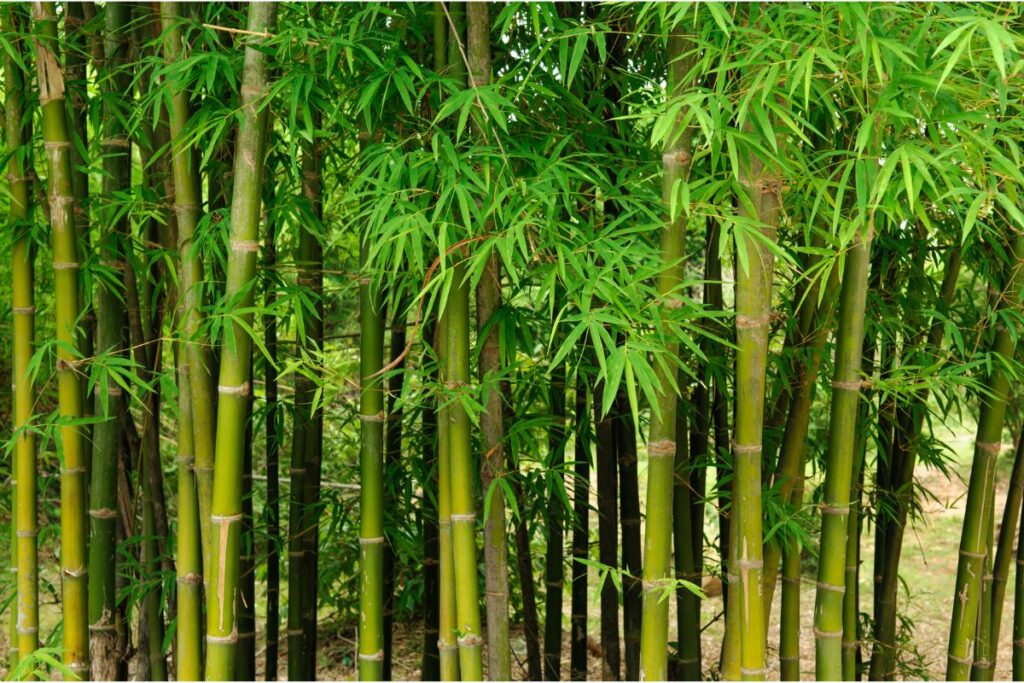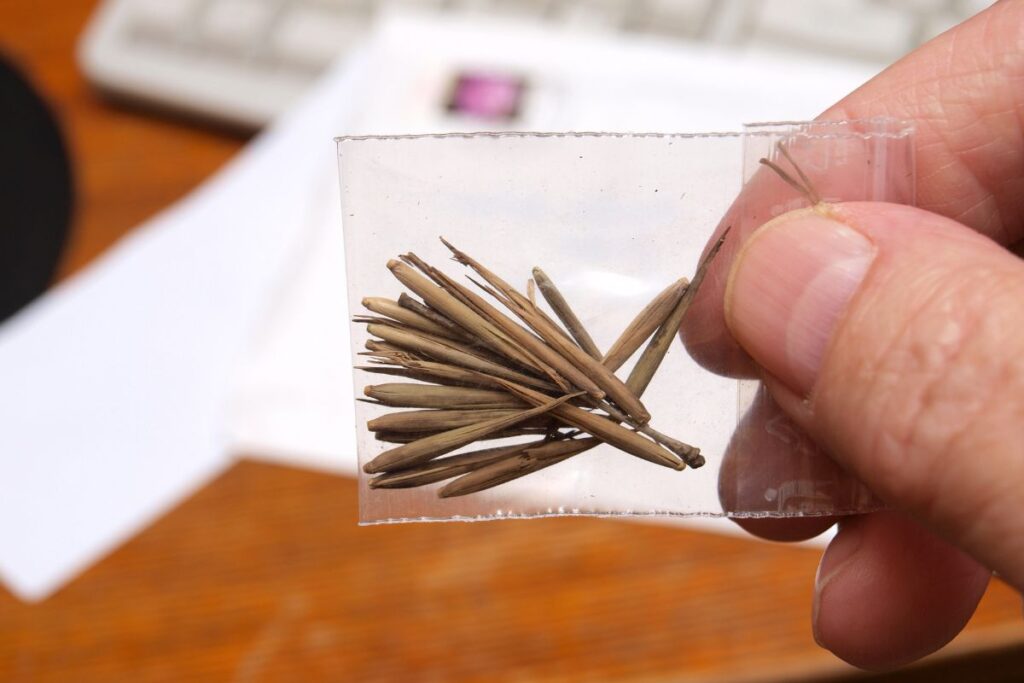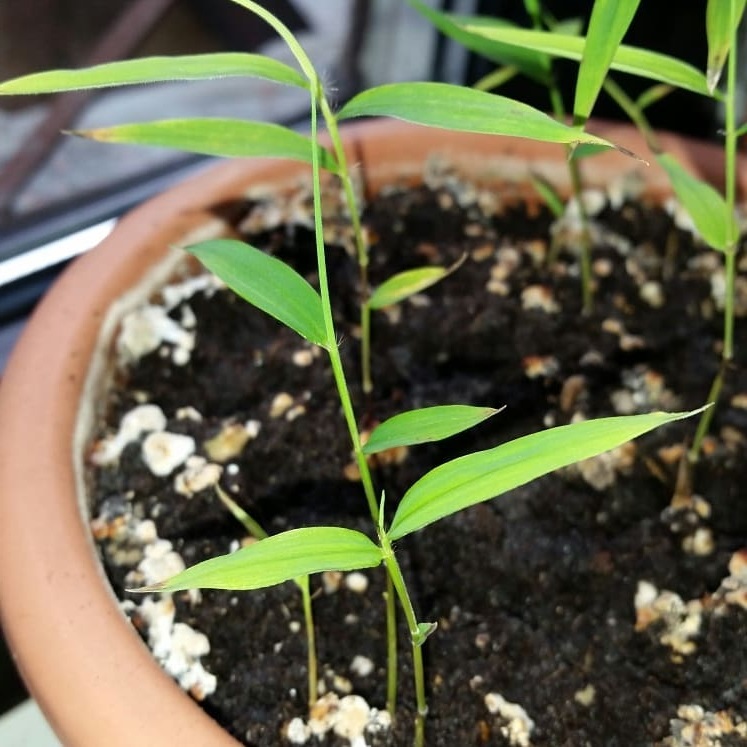Growing bamboo from seed can be a rewarding experience. It’s an easy and cost-effective way to add some greenery to your home or garden. Plus, it’s a great way to get in touch with nature and learn about the fascinating world of plants. With just a few simple steps, you can have your own bamboo grove in no time! In this article, I’ll show you how to break seed dormancy, plant the seeds correctly, and answer any questions you may have about growing bamboo from seed. So let’s get started!

Contents
Is it easy to grow bamboo?
Growing this plant from scratch isn’t necessarily the easiest thing to do, but it can be totally worth it! The process of germinating bamboo seeds is known to take a few weeks to several months, depending on the species. You’ll need to find proper potting soil and give your seedling regular care in order for it to grow into a full-fledged bamboo tree. It’s important that you monitor the environment closely and provide adequate water and sunlight so that your seedling can thrive.
Though there may be some initial difficulty when learning how to grow bamboo from seed, with careful attention and dedication, you can create a beautiful piece of greenery in your home or garden that will bring years of joy and satisfaction.
Breaking Seed Dormancy
Unlocking the mysteries of dormancy is an exciting journey that will lead to a beautiful reward! Growing bamboo from seed can be a rewarding experience, but it requires patience and understanding. To ensure success, it’s important to understand the process of breaking seed dormancy and recognize why it’s necessary for some species of bamboo.
Breaking seed dormancy is often necessary so that the seeds can germinate properly. This involves exposing them to specific temperatures, light requirements, and other environmental conditions such as seed stratification. The germinating temperature for most bamboos is around 70-85°F (21-29°C). Light requirements vary depending on the species, with some requiring full sun or partial shade while others need total darkness. Seed stratification involves exposing the seeds to alternating periods of cold and warm temperatures in order to break their dormancy before planting them in soil or another medium.

How To Grow Bamboo From Seed
Growing bamboo from seed is a rewarding experience, but it requires some preparation. To get started, you need to soak the seeds in water for 24 hours. Then, prepare your growing medium and place the seeds in it. Finally, ensure the right conditions for growth and transplant the bamboo seedlings when they’re ready.
1. Soak the seeds
Soak the seeds, give ’em a good drink – get them ready for the journey ahead. When it comes to growing bamboo from seed, your first step is to select the right kind of seeds. It’s important to make sure that they are viable and able to germinate. A good way to do this is by soaking them as soon as possible after purchase. This will help you determine if there are any dormant or dead seeds in the mix that could affect your success rate. The soak also helps with pre-germination, meaning that it gets all of the necessary nutrients and moisture ready for when you start planting them. Make sure that you use lukewarm water and soak them overnight so that they can absorb enough moisture for successful germination in the future.
2. Prepare your growing medium
Once your seeds have been soaked, it’s time to prepare the growing medium that will provide them with the nutrients and moisture they need to thrive. When selecting a growing medium, make sure it is loose and well-draining, as bamboo seedlings require good drainage in order to survive. You can mix potting soil with vermiculite or perlite for added aeration. It’s also important to consider watering techniques, fertilization methods, and light requirements when preparing your growing medium—these factors will all determine how successful you are in nurturing your bamboo seedlings into healthy plants.
3. Place seeds in the growing medium
Now that you have your growing medium prepared, it’s time to place the seeds in the soil. Make sure to spread them evenly across the surface of the soil and cover them lightly with more of the same material used for preparation. After planting, give your bamboo seedlings plenty of water and sunlight to encourage healthy growth.
4. Ensure the right conditions for growth
To ensure your plants thrive, it’s important to provide them with the right amount of water and sunlight. When growing bamboo from seed, you’ll need to pay close attention to the watering requirements and light needs of your plants. Make sure that you are providing enough water for the seeds to germinate and grow, but not too much so that they become waterlogged. Additionally, make sure that your bamboo is getting enough light throughout the day. If possible, try to give it at least six hours of direct sunlight each day. You should also be mindful of temperature control when growing bamboo from seed; temperatures between 65-85°F are ideal for optimal growth.
5. Transplant the bamboo seedlings

After the seeds have germinated and are ready, it’s time to transplant them into their new homes. It is important to ensure that you are protecting the roots of each seedling as much as possible during this step. Fertilizing the soil will also help promote growth and can provide additional nutrients for young bamboo plants. When choosing a location for transplanting, try to pick somewhere with plenty of sun and good drainage so that the bamboo seedlings can thrive. Be sure to keep an eye on your transplanted bamboo over the next few weeks or months — they may need to be moved if they don’t seem to be doing well in their current environment.
How deep to plant bamboo seeds?
You’ll want to consider how deep you should plant your seeds for the best results. The depth of planting will depend on the type of bamboo seed you have, but generally, it’s best to bury them an inch or two below the soil surface. It’s important to make sure the soil is moist enough so that the seedlings can easily break through when they sprout. Along with planting depth, there are other factors to take into account such as watering techniques, pest control and fertilizing methods. These will all play a role in ensuring the healthy growth of your bamboo plants. Properly caring for your newly planted seedlings will ensure they get off to a good start and continue to thrive over time.
How long does it take to grow bamboo from seed?
It typically takes a few months for sprouts to appear, so patience is key! Growing bamboo from seed requires an understanding of its germination rate and the right fertilizing soil. Temperature control is also important as some species of bamboo require specific temperatures in order to germinate.
The time it takes for the seeds to germinate can vary based on the species, but usually, it takes between 2-4 weeks. After that, you may not necessarily see any growth until several months later. That’s why it’s important to be patient when waiting for your bamboo seeds to grow – it could take anywhere from 9-12 months before you’ll see anything!
Conclusion
Growing bamboo from seed is definitely possible, but it’s not the easiest task. It takes patience and dedication to break the seed dormancy and get your bamboo plants growing. Once you’ve done that, planting the seeds at the right depth and giving them enough water and sunlight will help them grow into healthy plants. With a bit of effort, you can have a beautiful bamboo garden in no time!
